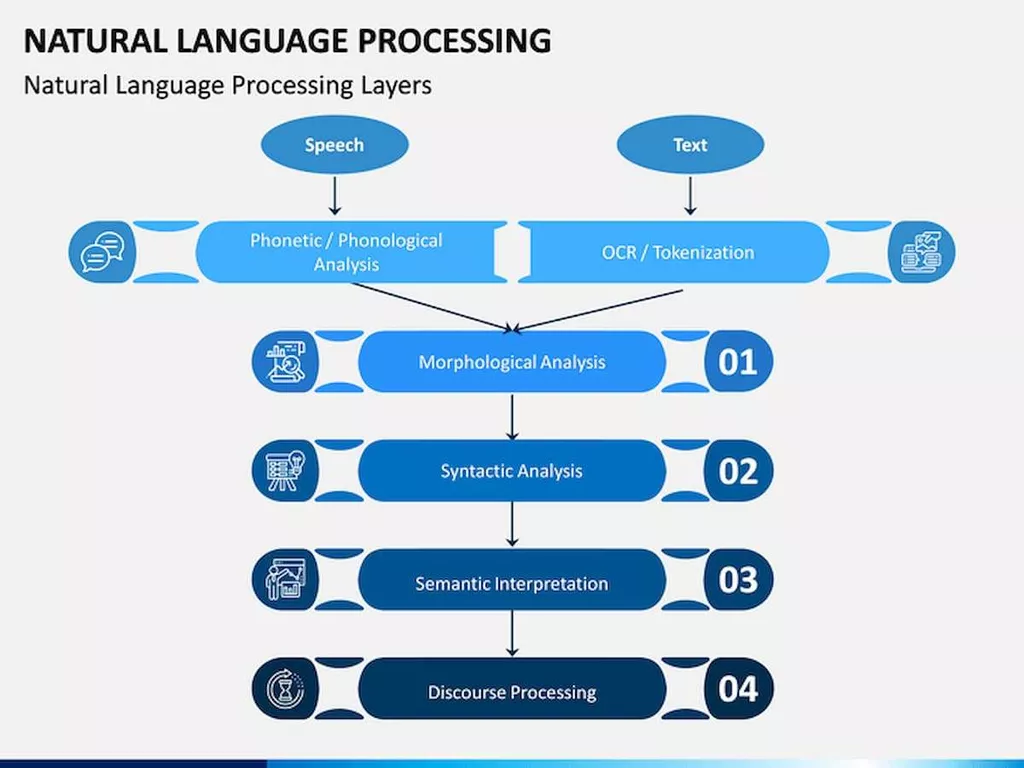With that in mind, Intellectsoft’s best experts have created a complete guide to the system development life cycle. You’ll learn about its core meaning and phases, major software engineering methodologies, and the most important benefits it can provide during project development. Planning is the first step of the system development process that project managers must complete. Planning involves defining the target problem, the scope and objectives of the new system, project constraints, and security considerations. To truly understand system development, you must understand the critical phases of the systems development life cycle.

Crosscutting requirements include environmental, safety, human factors, and those that originate from the “-ilities” and from Design and Construction (D&C) standards. Figure 4.2-2 is a general overview on the flow of requirements, what they are called, and who is responsible (owns) for approving waivers. The mission success criteria define what the mission needs to accomplish to be successful. This could be in the form of science missions, exploration concept for human exploration missions, or a technological goal for technology demonstration missions. The success criteria also define how well the concept measurements or exploration activities should be accomplished. The success criteria capture the stakeholder expectations and, along with programmatic requirements and constraints, are used within the high-level requirements.
What is the software development life cycle (SDLC)?
The team estimates costs, creates a schedule, and has a detailed plan to achieve their goals. The V-model (which is short for verification and validation) is quite similar to the waterfall model. A testing phase is incorporated into each development stage to catch potential bugs and defects.

An SRS document specifies the project’s software, hardware, network, and functional requirements. All alternatives and options will be thoroughly analyzed during this phase to determine which requirements will impact system performance most. There are seven stages in the SDLC and six common models that are used for different projects. In this guide, we’ll go through each stage and model to give you an overview of what becoming a software developer entails. After identifying the technology gaps existing in a given design concept, it is frequently necessary to undertake technology development in order to ascertain viability. Given that resources will always be limited, it is necessary to pursue only the most promising technologies that are required to enable a given concept.
Stages of the System Development Life Cycle
The final stage of the software development life cycle is maintenance and operations. This is one of the most critical stages because it’s when your hard work gets put to the test. This phase often requires extensive programming skills and knowledge of databases. The team will build functionality for the product or service, which includes creating a user interface and building the database so users can store information in your system.
- The waterfall model arranges all the phases sequentially so that each new phase depends on the outcome of the previous phase.
- In SDLC, documentation is crucial, regardless of the type of model chosen for any application, and is usually done in parallel with the development process.
- The mission success criteria define what the mission needs to accomplish to be successful.
- It is often incorrectly equated with the actual development process but is rather an extensive prototyping stage.
- Implementation requires careful planning and coordination to minimize disruptions and ensure a smooth transition from the old system to the new one.
It is important that you have contingencies in place when the product is first released to market should any unforeseen issues arise. Microservices architecture, for example, makes it easy to toggle features on and off. A canary release (to a limited number of users) may be utilized if necessary.
NASA Announces Teams for 2024 Student Launch Challenge
Reliability analysis should be performed based upon estimates of component failure rates for hardware and an understanding of the consequences of these failures. If probabilistic risk assessment models are applied, it may be necessary to include occurrence rates or probabilities for software faults or human error events. These models should include hazard analyses and controls implemented through fault management. Assessments of the maturity of the required technology should be done and a technology development plan developed.

The objectives identify the “end product” by defining what the EHR will do for the end users. Issues are added to the list and prioritized in relation to other issues and to the project goals and assigned an urgency status. The progress of an issue is tracked by the team on a regular basis with short progress notes added to the issue. When a resolution is reached, the resolution is documented in the issues list and the status is updated. The skills required to deliver direct patient care include the ability to understand and coordinate the work of multiple disciplines and departments.
What is System Development Life Cycle?
Black-Box Testing – examines the functionality of an application without peering into its internal structures or workings. Unit Testing – takes individual units of software source code and tests them to determine whether they are fit for use. Requirements Gathering – provides alternative means to illustrate, explain, and specify exactly what must be delivered to meet business goals. Mostly used for creating and delivering a wide range of ideas, this model perfectly fits the clients who don’t have a clear idea or vision of what their final product should look like. The Iterative model is often favored because it is adaptable, and changes are comparatively easier to accommodate.

Also, make sure you have proper guidelines in place about the code style and practices. This article will explain how SDLC works, dive deeper in each of the phases, and provide you with examples to get a better understanding of each phase. Definition of the project’s purpose/stated goal is essential and often not readily apparent. According to Schwalbe (2016), a project should have a well-defined objective resulting in a unique product, service, or result.
Development Stage
To manage and control a substantial SDLC initiative, a work breakdown structure (WBS) captures and schedules the work. The WBS and all programmatic material should be kept in the “project description” section of the project notebook.[clarification needed] The project manager chooses a WBS format that best describes the project. For example, as the system analyst of Viti Bank, you have been tasked to examine the current information system. Customers in remote rural areas are finding difficulty to access the bank services.
The design solution definition will be used to generate the end product specifications that will be used to produce the product and to conduct product verification. This process may be further refined depending on whether there are additional subsystems of the end product that need to be defined. While quantitative techniques and rules are used, subjectivity also plays a significant role. Trade study assumptions, models, and results should be documented as part of the project archives. The participants should remain focused on the functional requirements, including those for enabling products. The ability to perform these studies is enhanced by the development of system models that relate the design parameters to those assessments, but it does not depend upon them.
How to become a software developer
In any development process, be it Software or any other tech, the most important stage is Design. Without the designing phase, you cannot jump to the implementation or the testing part. A cost benefit analysis (CBA) is a systematic approach to estimating the strengths and weaknesses of alternatives and is used to determine options that provide the best approach to achieve the most benefit within the system development life cycle. Similarly, automated and cloud-based platforms, which simulate testing environments, take a significant amount of manual time out of this stage of the system development life cycle. Selenium, a browser testing tool, is one popular example of such a platform.
How Data Flows Between System
It’s often used in situations where time and budget constraints are stringent. Agile is an iterative process and incremental approach to system development jenkins integration that emphasizes collaboration, flexibility, and customer feedback. Agile methodologies include Scrum, Kanban, and Extreme Programming (XP), among others.
The verification and validation model tends to be resource-intensive and inflexible. For projects with clear requirements where testing is important, it can be useful. It enables regular incorporation of feedback, which significantly reduces the time and costs required to implement changes. Once the product is ready to go, it’s time to make it available to its end users and deploy it to the production environment. It is often incorrectly equated with the actual development process but is rather an extensive prototyping stage.
